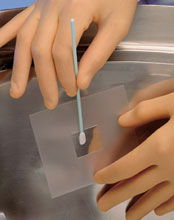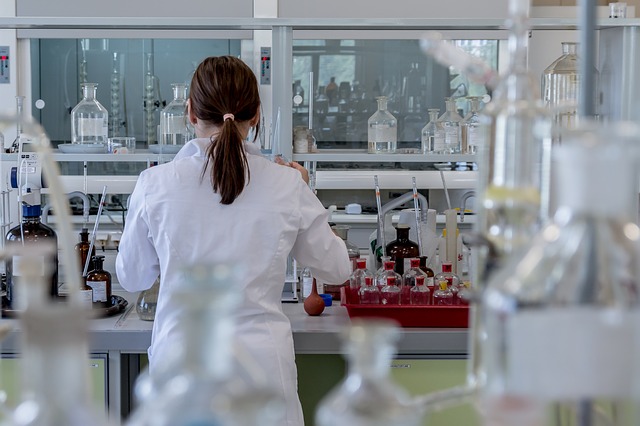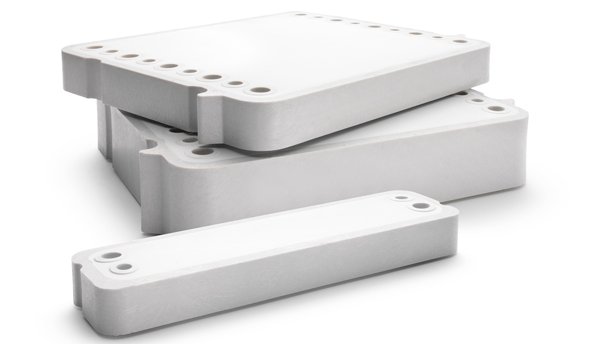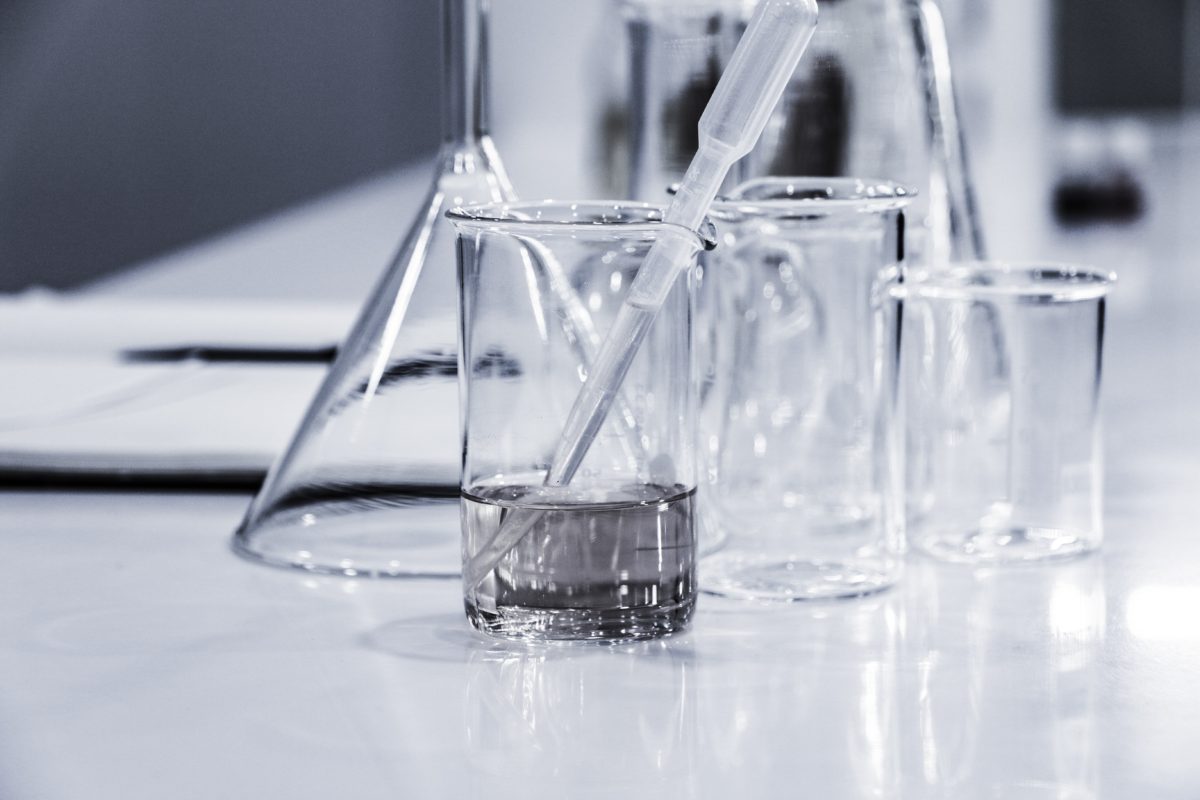Medical Device Cleaning and Biocompatibility Data
Q. What types of biocompatibility data does Alconox Inc. provide for detergents commonly used in medical device cleaning validation?
A. Setting residue acceptance limits as part of your medical device cleaning validation is much easier when appropriate biocompatibility data is available about the critical cleaning detergent you are using. To help assess the biological effects of cleaner residues, Alconox Inc. conducted extensive evaluations of biocompatibility of its Liquinox and Citranox detergents.
How to Clean Labware: Don’t Use Grocery Store Detergents
Q. We use grocery store detergents to clean our labware and it recently came to my attention that we may need to switch to a laboratory grade detergent such as Alconox or Liquinox. Why is that necessary?
A. Here are some insights as to why a grocery store detergent is not suitable for use in a lab…
TFF Cassette Cleaning
Q. We use Tergazyme to clean our TFF cassettes and it’s working well. However, we are moving to CIP cleaning in an automated, high pressure environment and are worried about foaming. Do we stick with Tergazyme or is there a better detergent we should use?
A. Tergazyme® Enzyme-Active Powdered Detergent is of an excellent choice for cleaning TFF cassettes. Even as you move to more high pressure, automated CIP method, Tergazyme detergent will likely continue to work well. That’s because….
Lab Glassware Cleaning: Liquid or Powder Detergent in Washer?
We have purchased one of your liquid low foaming detergents (the dishwasher dealer recommended liquid detergent) and have been using it straight out of the bottle into our dishwasher cup. Do we dilute the detergent before putting in the dishwasher dosing cup? Is liquid or powder better? Read on….
What is Sodium Dichloroisocyanurate?
Q. what is sodium dichloroisocyanurate?
A. A stable form of chlorine. Products that contain it do not need to add bleach. Alcojet and Detojet already contain dichloroisocyanurate. For more information about any one of our Alconox Cleaners, consult the specific technical bulletin for each product HERE. Or click here to access each of our detergent’s Material Data Safety Sheets including the Alcojet and Detojet msds. You can also request a free sample by completing the questionnaire at Get Sample.




